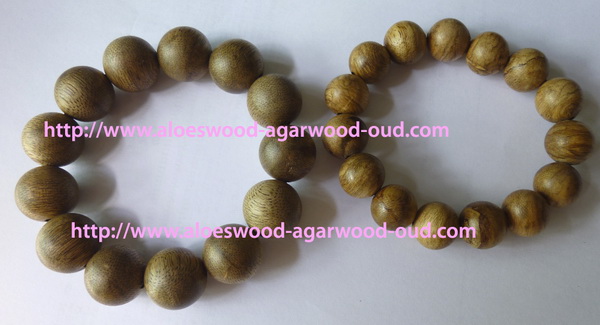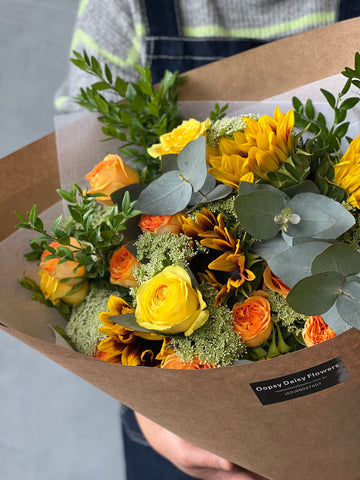1. Introduction: Understanding Oudh and its Exquisite Rarity
Oudh, derived from the resinous heartwood of agarwood trees, is celebrated for its distinct fragrance and cultural significance. This article explores the factors that contribute to the rarity and value of authentic oudh, with a specific focus on agarwood beads and their unique place in the market.
2. The Intricate Formation of Agarwood: A Precursor to Rare Oudh
To comprehend the rarity of oudh, it is essential to delve into the formation of agarwood. Agarwood is produced when Aquilaria trees respond to certain stressors, such as fungal infection. This natural defense mechanism leads to the accumulation of resin within the heartwood, eventually transforming into agarwood. The unpredictable and intricate nature of this process is one of the foundational factors contributing to the scarcity of authentic oudh.
3. Oudh Extraction Techniques: Balancing Quality and Sustainability
The extraction of oudh involves intricate methods to obtain the highly prized aromatic resin. Distillation, particularly steam distillation, is a common technique. However, the challenge lies in ensuring sustainable practices that balance the demand for oudh with the conservation of agarwood-producing trees. This section explores the techniques employed in oudh extraction, emphasizing the importance of responsible methods to preserve the ecological balance.
4. Rarity of Agarwood Beads: Crafting Nature’s Essence into Exquisite Art
Agarwood beads, a unique manifestation of oudh, contribute to its rarity. Crafted from the resinous heartwood, these beads encapsulate the essence of agarwood in a tangible form. The intricate craftsmanship involved in shaping these beads adds to their exclusivity. This section examines the traditional art of crafting agarwood beads, exploring the skills and expertise required to transform raw agarwood into exquisite, wearable pieces that amplify the rarity and value of oudh.
5. Cultural Significance and Symbolism: Elevating the Value of Oudh
Oudh is not merely a fragrance; it holds deep cultural significance and symbolism in various traditions. The demand for oudh is intensified by its association with luxury, spirituality, and exclusivity. This section delves into the cultural contexts where oudh is highly prized, exploring how its symbolic value contributes to its rarity. From religious ceremonies to personal adornment, oudh plays a multifaceted role, elevating its desirability and cultural importance.
6. Conservation Challenges and Sustainable Solutions: Preserving Oudh for Future Generations
As the demand for oudh grows, conservation challenges emerge. Overharvesting and illegal practices threaten the sustainability of agarwood-producing trees. This section explores the environmental impact of oudh extraction and highlights sustainable solutions. Initiatives aimed at responsible cultivation, ethical harvesting, and replanting efforts play a crucial role in ensuring that oudh remains a treasure for future generations.
7. Conclusion: Nurturing the Rarity and Value of Authentic Oudh
In conclusion, the rarity and value of authentic oudh are a result of intricate natural processes, craftsmanship, cultural significance, and the delicate balance between demand and conservation. Understanding and appreciating these factors are essential for preserving oudh as a cultural and olfactory treasure. As the world navigates the evolving landscape of fragrance and luxury, the responsible stewardship of oudh resources becomes paramount for its enduring legacy.
Congrats! You’ve Finished This Blog.








